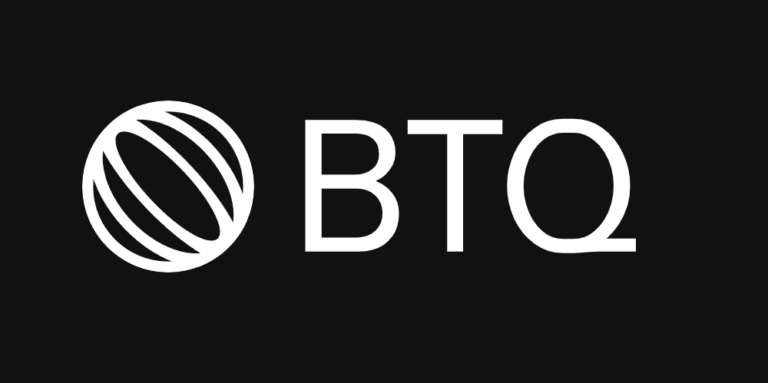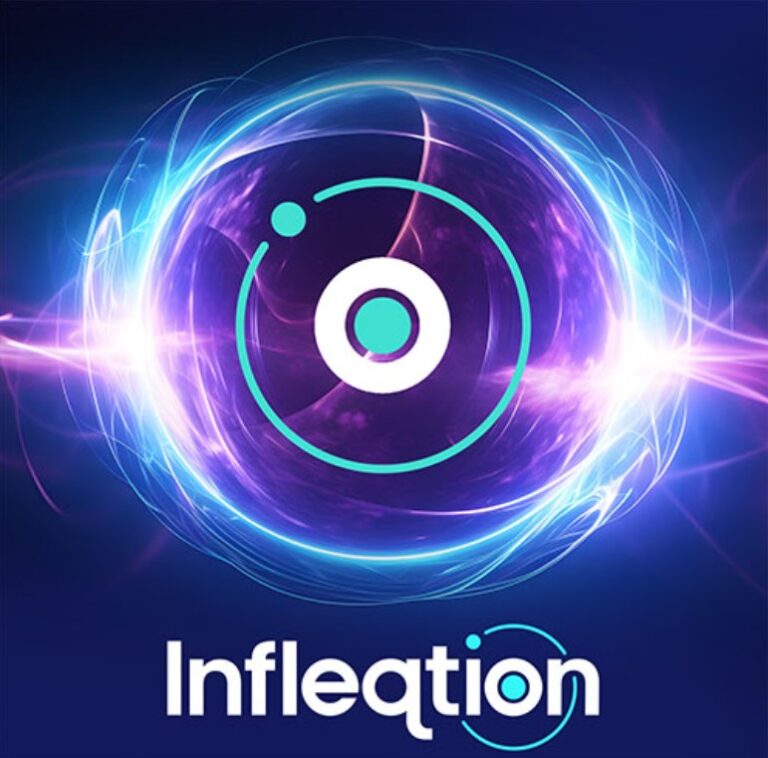Quantum Frontiers: Quantum Estuary
A conference talk served as a polished shell, reflecting light almost as a mirror. The talk centered on erasure, a process that unites thermodynamics with information processing: Imagine performing computations in math class. You need blank paper (or the neurological equivalent) on which to scribble. Upon computing a great deal, you have to erase the paper—to reset it to a clean state. Erasing calls for rubbing an eraser across the paper and so for expending energy. This conclusion extends beyond math class and paper: To compute—or otherwise process information—for a long time, we have to erase information-storage systems and so to expend energy. This conclusion renders erasure sacred to us thermodynamicists who study information processing. Erasure litters our papers, conferences, and conversations.





